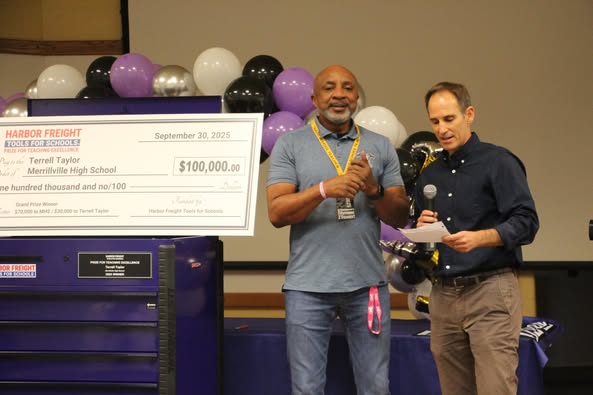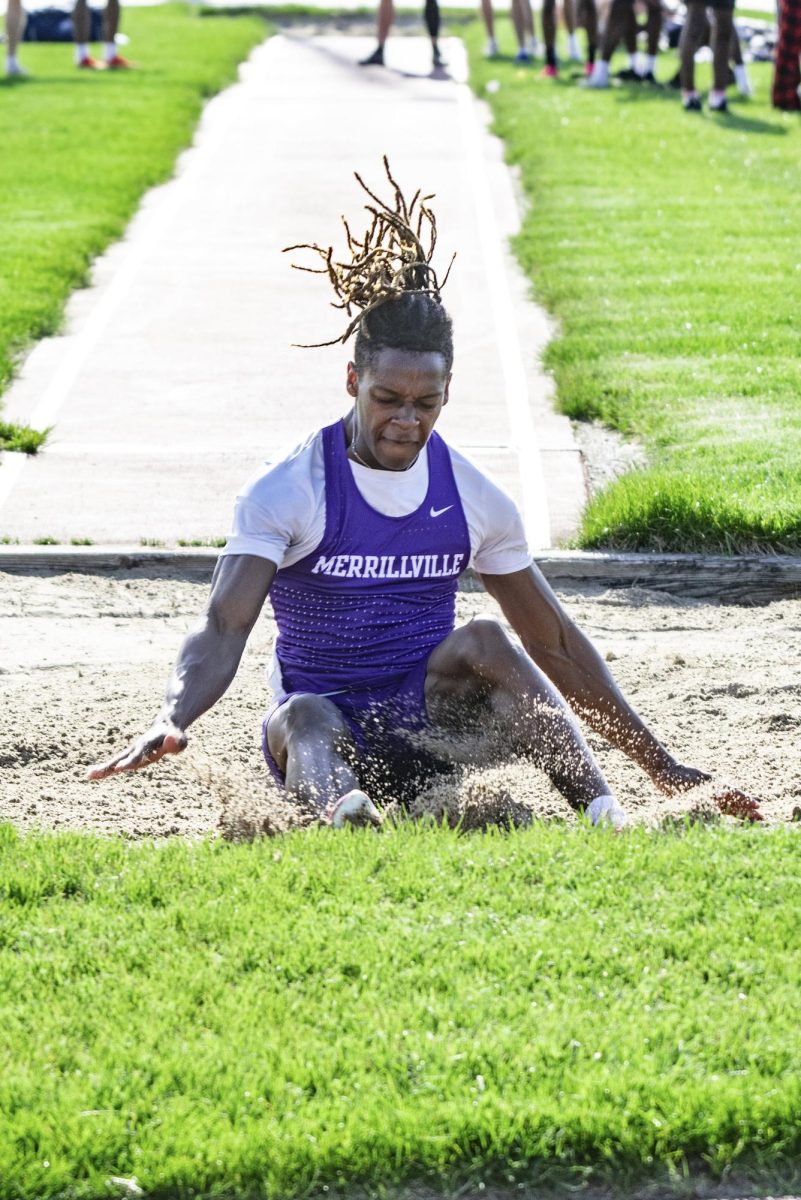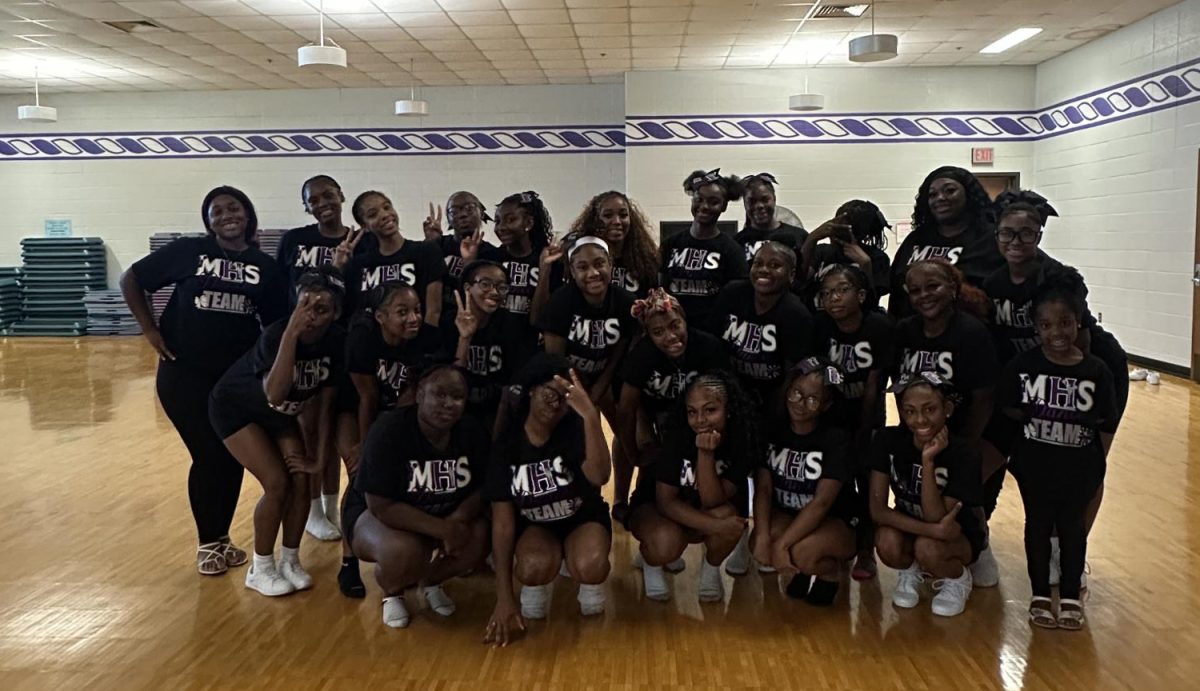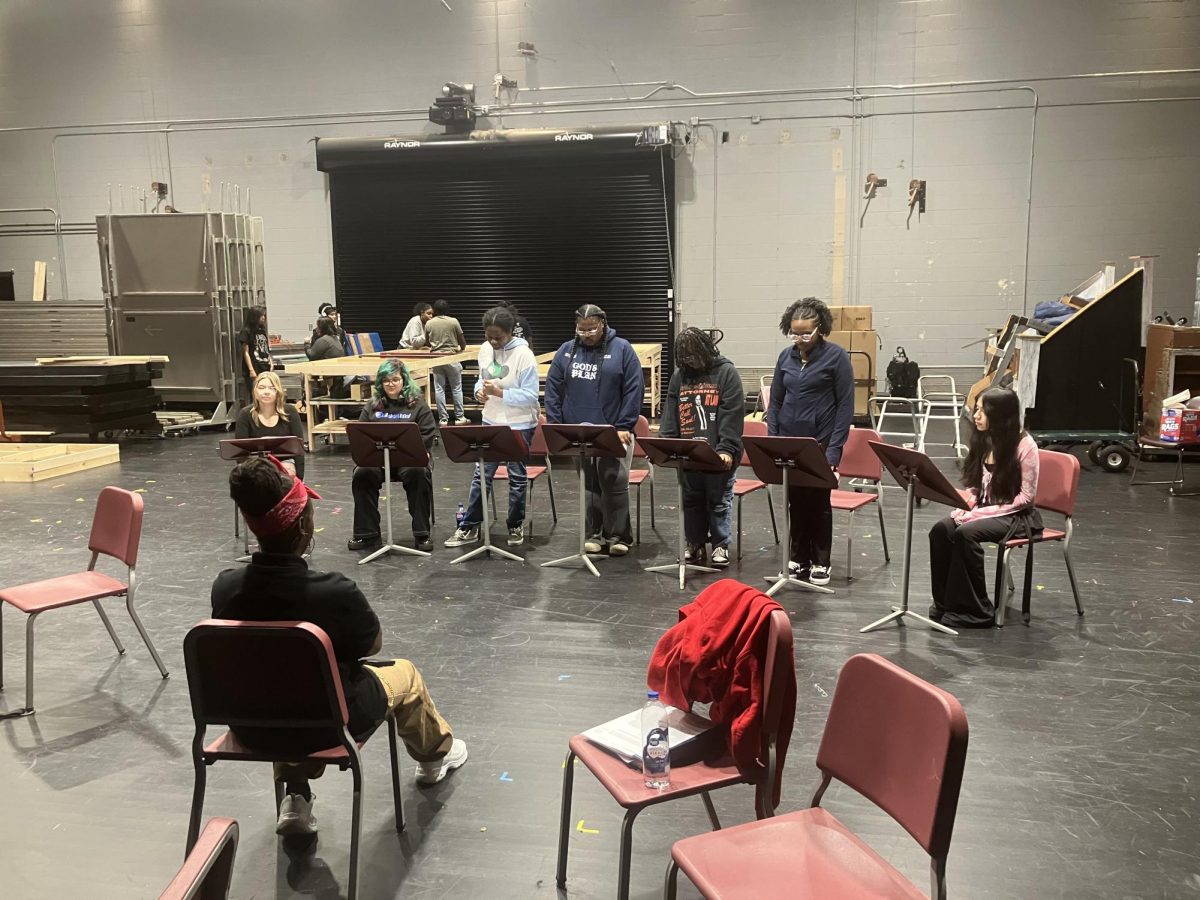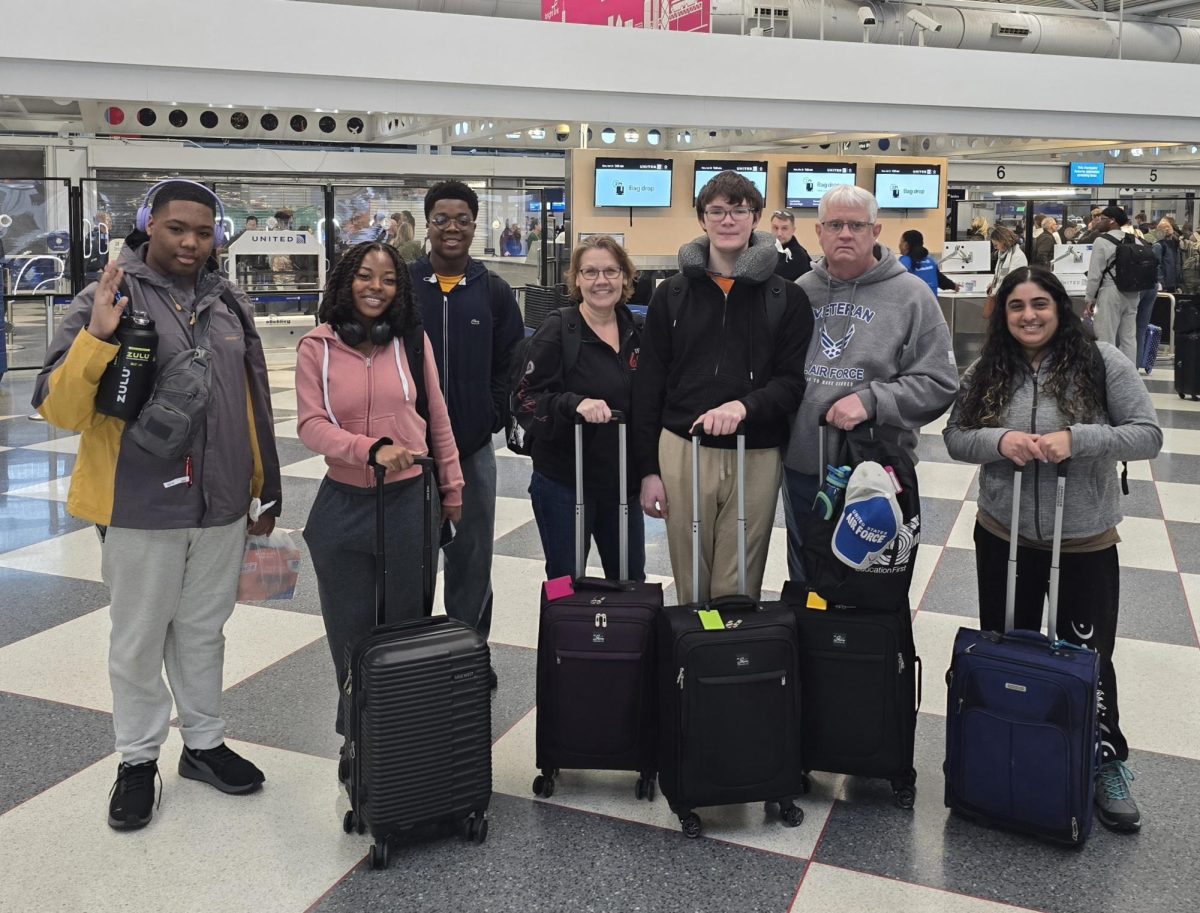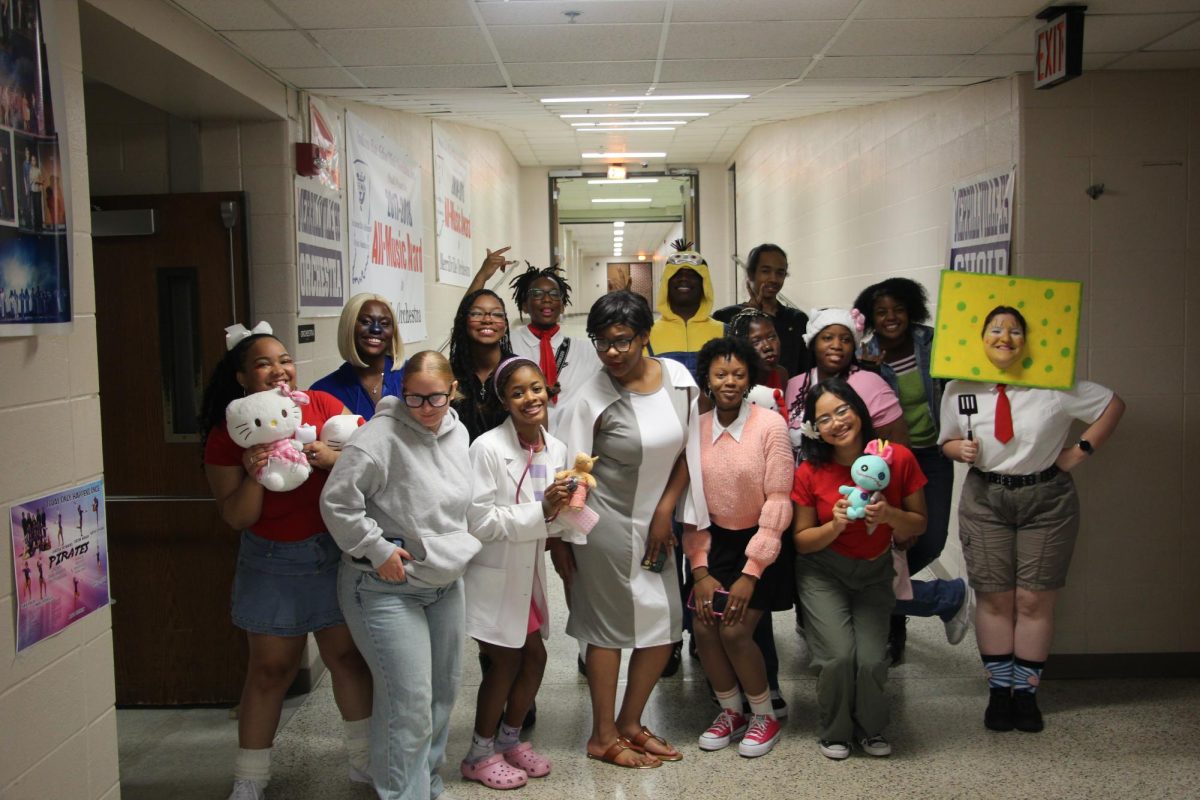Traveling thousands of miles off the coast of Ecuador, a group of Merrillville High School students traded their classrooms for coastlines this spring as part of a once in a lifetime cultural learning experience in the Galapagos Islands. Led by Amy Shollenberger, a teacher at MHS, the trip gave students a rare opportunity to experience firsthand one of the world’s most protected ecosystems and learn about how others’ ways of life differ from their own
With more than 97% of its land designated as national park territory, the Galapagos Islands are renowned for their biodiversity and scientific significance. Shollenberger, who studied the region in college while learning about Charles Darwin’s theory of evolution, said the islands offered the perfect destination for cultural and environmental exploration.
“I knew how special and rare everything was on the Galápagos and not a lot of people were allowed on it,” Shollenberger said. “So when I heard we could actually go there, I got excited right away.”
Before departing, students were encouraged to keep an open mind and prepare for a cultural experience unlike anything they’d encountered before. While Shollenberger didn’t give a formal lesson on customs, she reminded them they’d face a language barrier and different social norms—but also a chance to grow through immersion.
“I really pushed the idea of being open-minded,” she said. “Don’t expect it to be like the U.S.—it’s going to be different, and that culture shock is something that helps you discover who you are.”
For junior Avion Mathews, the Galápagos environment left a lasting impression. He was struck not only by the protected nature of the islands but by the sense of community among locals.
“Seeing stuff I’ve never seen before and just being in a different country—I enjoyed it,” Mathews said. “The animals, the people, the culture—it was beautiful, and the weather stayed the same the whole time.”
Part of that connection came from visiting an indigenous community where students were invited to learn and participate in local traditions. Mathews recalled being welcomed into their space with food, music, and face painting that reflected the community’s values.
“They showed us how they made certain drinks, their traditions, and even had us perform a dance,” he said. “The one we visited was mostly women, which was interesting to see because most indigenous groups center on one gender.”
Sophomore Peace Finley also highlighted the warmth of the people and the emphasis on environmental respect. She said learning how locals treated animals and nature reshaped her understanding of island life.
“They care about the well-being of animals and really try to prevent littering and disturbing them,” Finley said. “It helped me see how much they value their environment.”
Like Matthews, Finley found cultural dances to be a memorable part of the trip. Students were not just observers but active participants in these traditions.
“They taught us one of their dances and then we all did it together,” she said. “It was really fun and helped me feel connected.”
Junior Aiden Jackson noted the natural beauty of the islands as a standout feature, especially the scenic beaches and ocean views. While he expected more music or festivals, his time in Santa Rosa, a coastal area known for its tourism, helped him understand the slower, more tranquil rhythm of life in the Galápagos.
“It wasn’t really loud or festive like I thought, but the beaches were beautiful and it was nice overall,” Jackson said. “It helped me see what life is like for both locals and tourists.”
While students explored cultural dances, cuisine, and interactions with locals, some discoveries were more surprising than others. One unexpected moment for many came from the island’s dogs, which roam freely yet are not considered strays. Shollenberger said these cultural differences offered students a new way to look at daily life.
“The kids were really excited to see that the dogs weren’t aggressive or abandoned,” she said. “They’d follow us around and then find their way home. That really amazed them.”
Through shared experiences—from tasting new foods to playing soccer with local youth—students embraced the Galápagos not just as a travel destination, but as a classroom without walls. For Shollenberger, that was the ultimate goal.
“I just wanted them to open up, see something different, and connect,” she said. “To make friends, to experience something new—and hopefully walk away knowing a little more about the world and themselves.”

